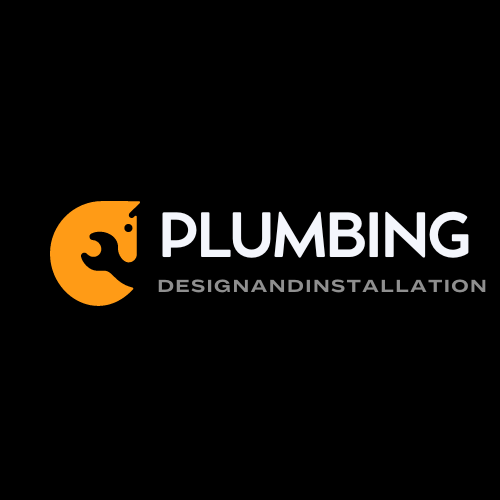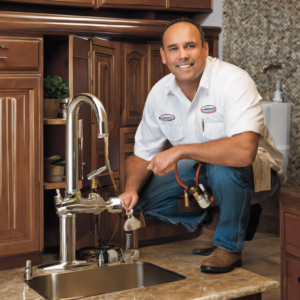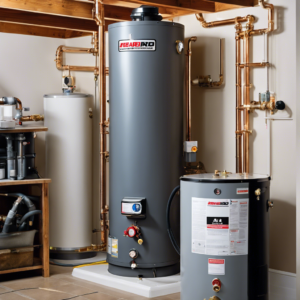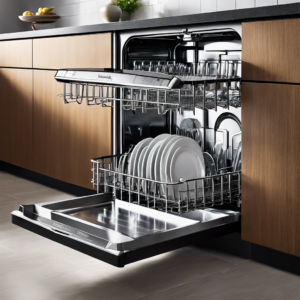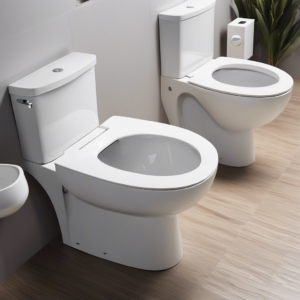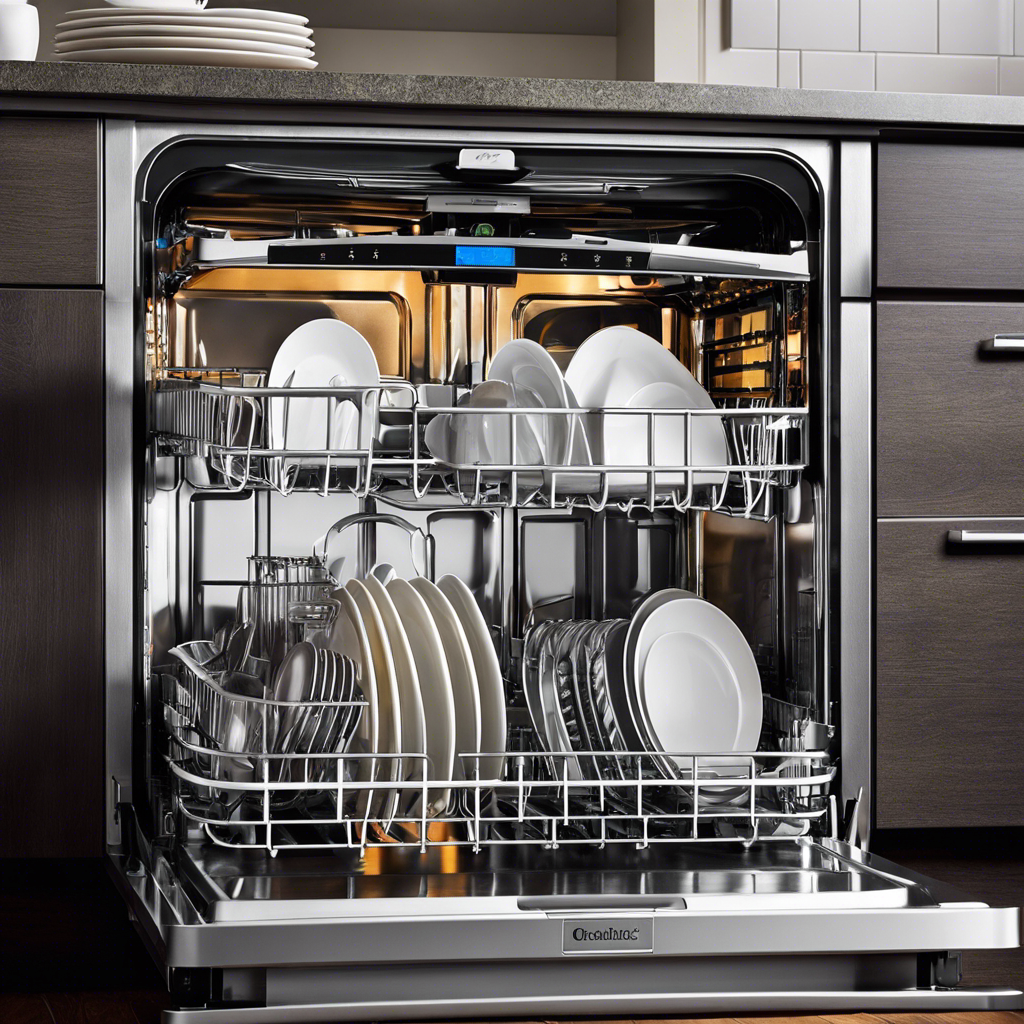
Dishwasher Repair Top-rack dishes encrusted in food gunk. Puddles of water pooled on the floor. Error codes flashing cryptically on digital displays. Dishwasher malfunctions manifest frustratingly in various ways when the appliances suddenly cease washing effectively. But before despairing at repair bills, several basic DIY troubleshooting steps often successfully revive dishwashers gaining owners more mileage from their investment.
Explore easy entry-level dishwasher repairs even novice DIYers can perform related to accessing clogged wash arms, adjusting door latches, and resetting unresponsive control panels. The solutions provide satisfying fixes to multiple common failure points. Roll up your sleeves and let’s get your dish cleaning MVP back up and running!
Common Dishwasher Problem Overview
While individual appliance models differ, several general issues arise frequently across brands:
Door Latch Engagement Failures – Latches not fully seating can prevent cycle starts or mid-cycle water drainage.
Clogged Spray Arms – Debris-blocked spray arm nozzles reduce cleaning performance and water circulation.
Unresponsive Control Panels – Buttons randomly become unresponsive requiring rebooting the integral computer controls.
Attempting DIY repairs first before calling service companies saves money when problems arise. Let’s review easy fixes.

Door Latch Adjustments
If dishwashers fails to start when slammed shut or don’t drain mid-cycle leaving water pooled internally, ensure the door latch meets the alignment striker:
Faulty Latch Symptoms
- Power lights activate but buttons are unresponsive
- Water remains standing internally after final rinse
Potential DIY Fix Steps
- Confirm striker/latch fully slide into housing slots
- Adjust bent latches using needle-nose pliers getting proper catch engagement
- Check lid flexibility opening/closing without rubbing
Quick latch tweaks prevent costly board replacements trying first.
Unclogging Spray Arms
Essential wash arms clog from small yet obstructing debris preventing effective cleaning. Restore full coverage spraying via
Low Flow or Pressure Signals Clogs
- Dishes fail emerging clean from cycles
- Gurgling noises come from dishwasher bottoms
Getting Inside Spray Arms to Clear Debris
- Remove spray arm end caps where attached
- Flush arms with water blasts/pipe cleaners
- Ensure open holes without lingering obstructions
Unjamming spray arm channels prevents poor washing performance.
Control Panel Power Cycling
Unresponsive electronic control panels/buttons often benefit from basic power resets reinitializing internal programming:
Troubleshooting Clues
- Half-illuminated displays
- Some keys nonfunctional
Power Cycling Restoration Sequence
- Toggle circuit breaker/unplug unit completely 5+ minutes
- Ensure door firmly latched and detergent dispenser full
- Restore power testing functionality
Like electronic devices, resetting dishwasher “brains” frequently works restarting normal function.
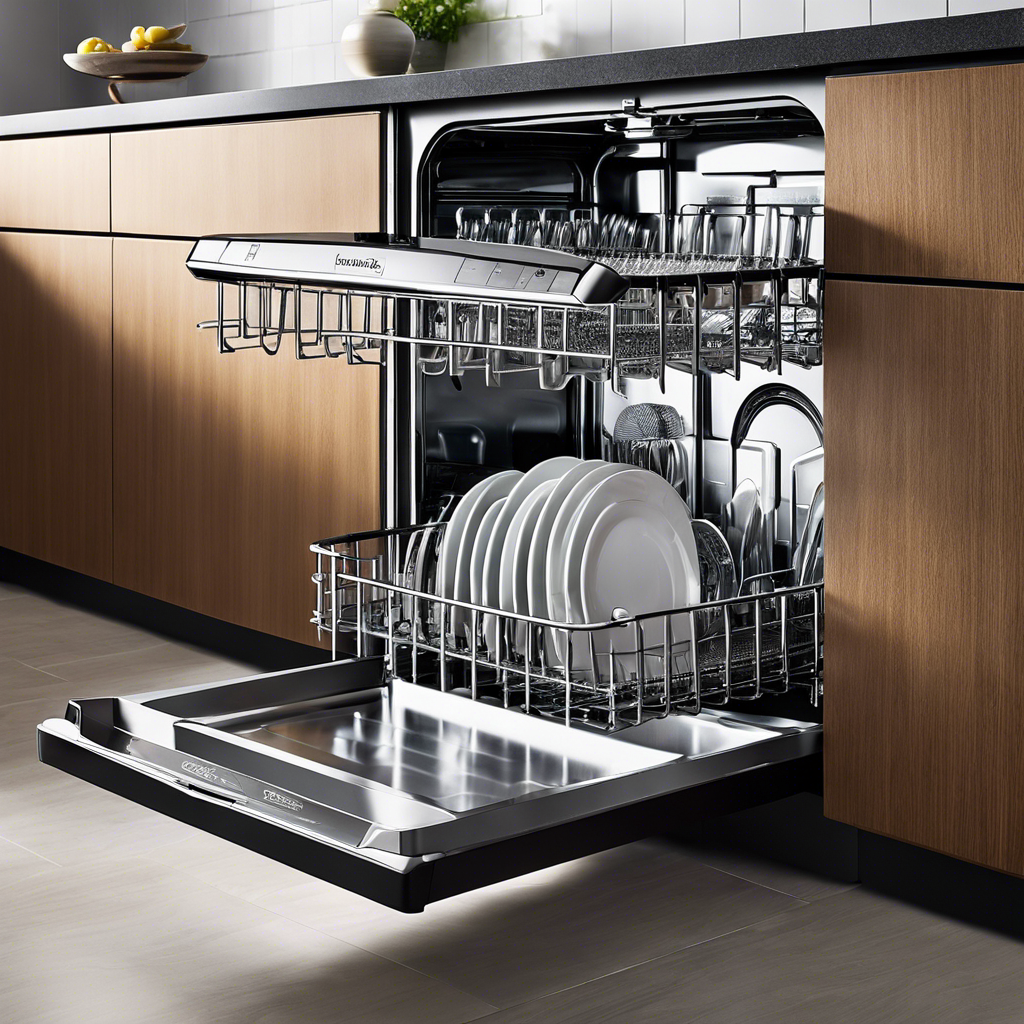
Calling Repair Pros | Dishwasher Repair
Despite honest attempts, complex issues deserve leaving to appliance experts like:
Drain Pump or Motor Failures
Proprietary diagnostic tools and replacement parts are needed tracing electrical malfunctions within these intricate mechanisms.
Water Leaks or Overflow Floods
From cracked water line connections to failed tank valves, extensive water damage traced to dishwashers warrants immediate appliance service to contain flooding then address root plumbing issues correctly.
In summary, before despairing your dishwasher is doomed based on frustrating cleaning failures, try these commonsense first steps reviving normal function most times:
Key Takeaways
- Adjust poorly catching door latches
- Dislodge spray arm nozzle clogs
- Reset control panels via full power interruptions
What are the most common dishwasher problems that can be fixed at home?
Common dishwasher problems that can be fixed at home include issues with the inlet valve, hose, fuse, float switch, heating element, and door gasket.
How can I troubleshoot a dishwasher that won’t start?
If your dishwasher won’t start, check the power supply to the dishwasher, the door switch, and the circuit breaker. Ensure that the water supply to the dishwasher is also open.
What should I do if my dishwasher is leaking water?
If your dishwasher is leaking water, check the door gasket, the inlet valve, and the bottom of the tub for any signs of damage. Ensure that the water supply and drain are connected properly.
How to fix a dishwasher that is not draining properly?
If your dishwasher is not draining properly, check for clogs in the drain hose and the kitchen sink. You may also need to inspect the dishwasher drain and water supply for any obstructions.
Can I repair my dishwasher without calling a professional?
Yes, many simple dishwasher repairs can be done without calling a professional. With the right tools and basic knowledge of appliance repair, you can attempt to fix common dishwasher issues on your own.
What are the three easy DIY fixes for dishwasher problems?
The three easy DIY fixes for dishwasher problems are checking and cleaning the door gasket, inspecting and unclogging the drain system, and troubleshooting and replacing the door switch if necessary.
What tools do I need to repair my dishwasher at home?
To repair your dishwasher at home, you may need simple tools such as a screwdriver, pliers, and a multimeter for electrical testing. These tools can help you with basic repairs and troubleshooting.
How do I disconnect power to my dishwasher before starting repairs?
Before starting any repairs, always turn off the power to the dishwasher by locating and switching off the circuit breaker or by unplugging the dishwasher from the electrical panel.
When should I call a professional for dishwasher repairs?
You should consider calling a professional for dishwasher repairs if you encounter complex electrical or mechanical issues that require advanced troubleshooting and repair skills.
What are some common dishwasher problems that can be resolved with DIY repair?
Some common dishwasher problems that can be resolved with DIY repair include dishwasher leaks, door gasket issues, and dishwasher not starting.
How can I diagnose the cause of a dishwasher leak?
To diagnose a dishwasher leak, you can check the door gasket for wear and tear, inspect the inlet valve and hose for any cracks or blockages, and ensure that the dishwasher is level and not leaking from the bottom of the tub.
What should I do if my dishwasher door is not latching properly?
If your dishwasher door is not latching properly, you can try adjusting the door latch, cleaning the latch and the area around it, or replacing the door gasket if it is worn or damaged.
What are some best practices for performing DIY dishwasher repairs?
Some best practices for performing DIY dishwasher repairs include thoroughly drying the dishes inside the dishwasher before starting any repair, and always ensuring that the water supply to the dishwasher is turned off to prevent any water-related incidents during the repair process.
